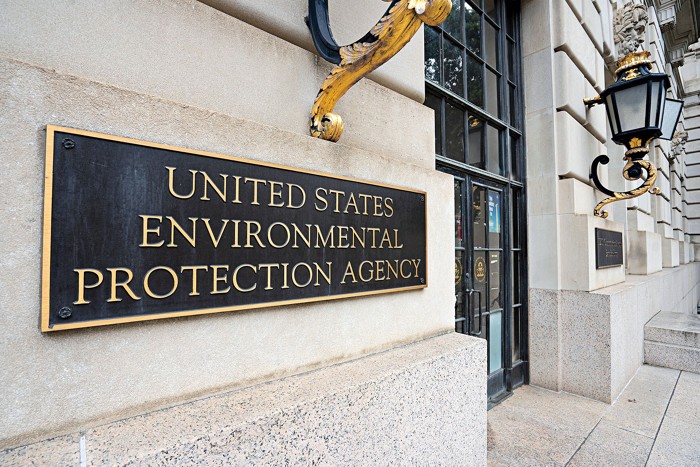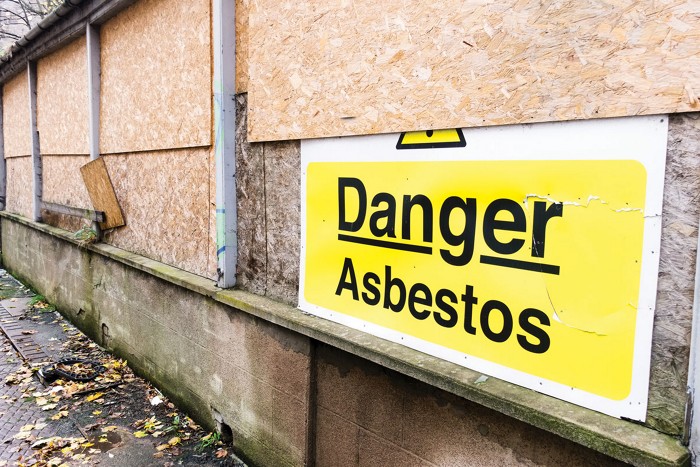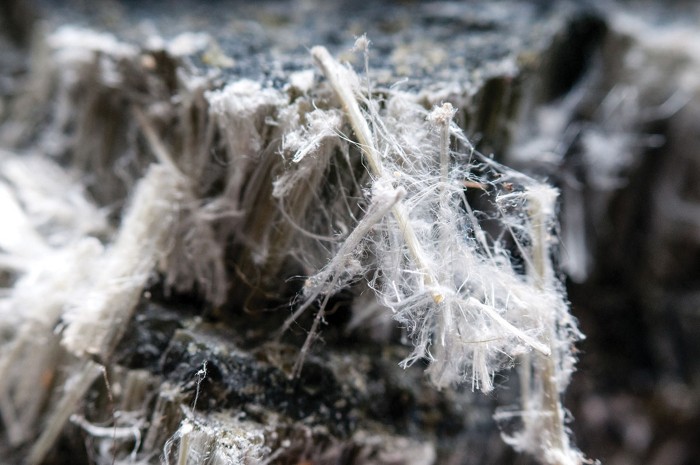Advertisement
Grab your lab coat. Let's get started
Welcome!
Welcome!
Create an account below to get 6 C&EN articles per month, receive newsletters and more - all free.
It seems this is your first time logging in online. Please enter the following information to continue.
As an ACS member you automatically get access to this site. All we need is few more details to create your reading experience.
Not you? Sign in with a different account.
Not you? Sign in with a different account.
ERROR 1
ERROR 1
ERROR 2
ERROR 2
ERROR 2
ERROR 2
ERROR 2
Password and Confirm password must match.
If you have an ACS member number, please enter it here so we can link this account to your membership. (optional)
ERROR 2
ACS values your privacy. By submitting your information, you are gaining access to C&EN and subscribing to our weekly newsletter. We use the information you provide to make your reading experience better, and we will never sell your data to third party members.
Chemical Regulation
Formaldehyde poses health risks to workers and consumers, EPA finds
Draft evaluation could prompt agency to ban or restrict certain uses under TSCA
by Britt E. Erickson
March 18, 2024

A battle over the health risks of formaldehyde—a chemical that is nearly everywhere—is raging again. The latest showdown is over the US Environmental Protection Agency’s draft evaluation, released March 15, of dozens of occupational and consumer uses of the chemical under the Toxic Substances Control Act (TSCA).
The 151-page draft evaluation on the human health risks of formaldehyde builds on a controversial draft assessment released by the EPA in 2022 under its Integrated Risk Information System (IRIS) program. The IRIS assessment pointed to evidence that inhalation of formaldehyde causes nasopharyngeal and other cancers in humans.
The EPA now concludes that it is less certain about the risks of nasopharyngeal cancer. But the new assessment finds noncancer effects like eye irritation, allergies, asthma, and reproductive toxicity associated with inhalation of formaldehyde.
The chemical industry fought for years to delay the IRIS assessment of the cancer risks of formaldehyde. Now the industry is challenging the agency’s conclusions regarding the chemical’s noncancer health risks, particularly with respect to occupational exposure limits.
The EPA’s suggested workplace limits “are unworkable and ignore practices that are already in place to protect workers, including the use of personal protective equipment,” the American Chemistry Council, which represents chemical manufacturers, says in a statement. The group claims that the limits are lower than levels of formaldehyde detected in ambient air and inside US homes.
The EPA acknowledges that assessing the health risks of formaldehyde presents a unique challenge because naturally formed formaldehyde, such as that produced from decaying leaves, is ubiquitous. “It is often difficult to understand what contribution various conditions of use are making to the total level of formaldehyde to which a person is exposed in any given place at any given time,” the agency says.
Many products contain formaldehyde, including composite wood furniture, plastics, coatings, and adhesives. Formaldehyde is a common building block used to make chemicals for agriculture, food safety, medical devices, semiconductors, and many other applications. In addition to releases from natural sources, formaldehyde is produced when other chemicals break down in the environment and when things are burned.
The EPA is accepting comments on the draft assessment until May 14. It is also planning to hold a meeting on May 20–23 of the Science Advisory Committee on Chemicals, an external group of experts, to discuss the draft. After the EPA finalizes the risk evaluation, it will move on to manage the risks through restrictions or bans on certain uses.





Join the conversation
Contact the reporter
Submit a Letter to the Editor for publication
Engage with us on Twitter